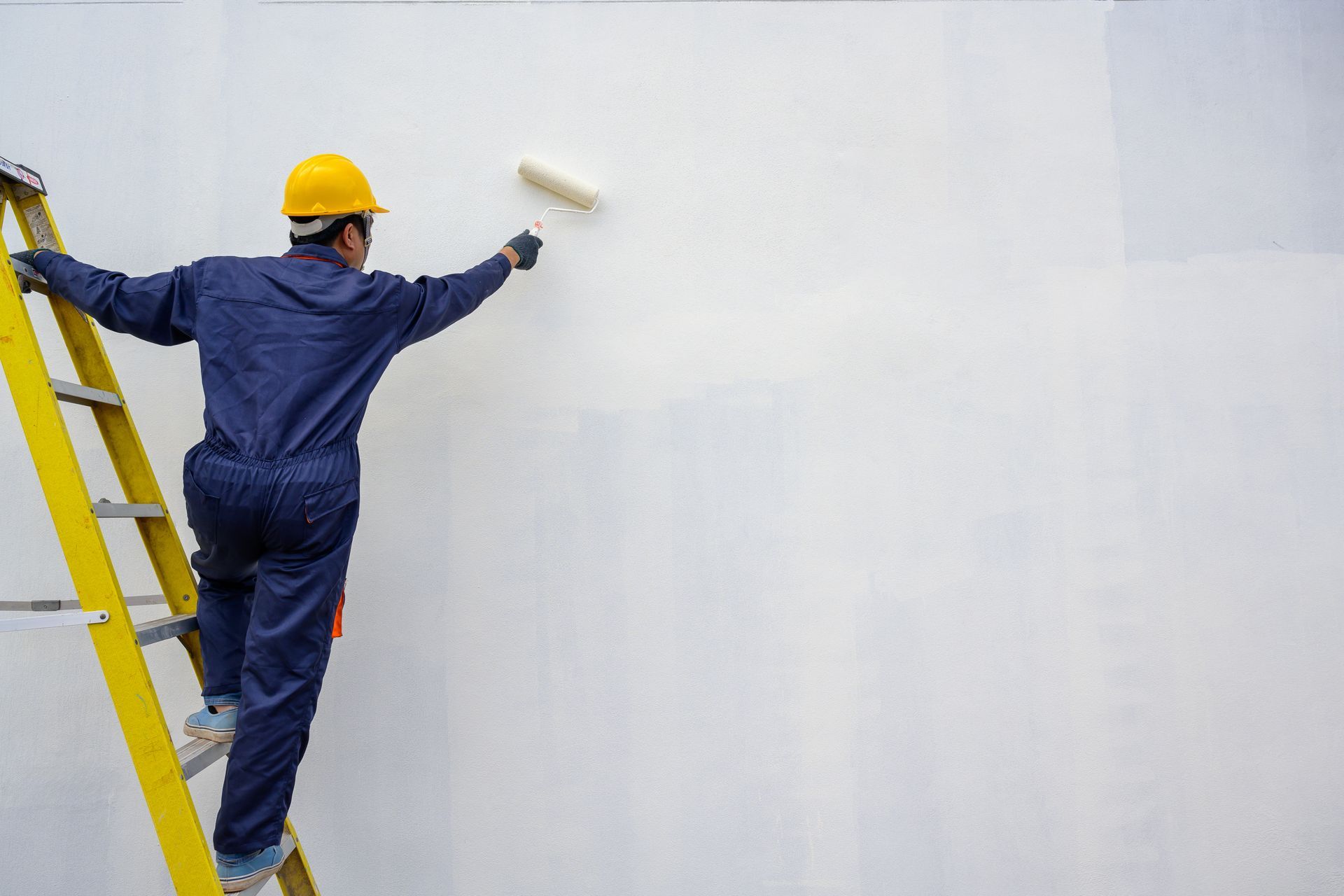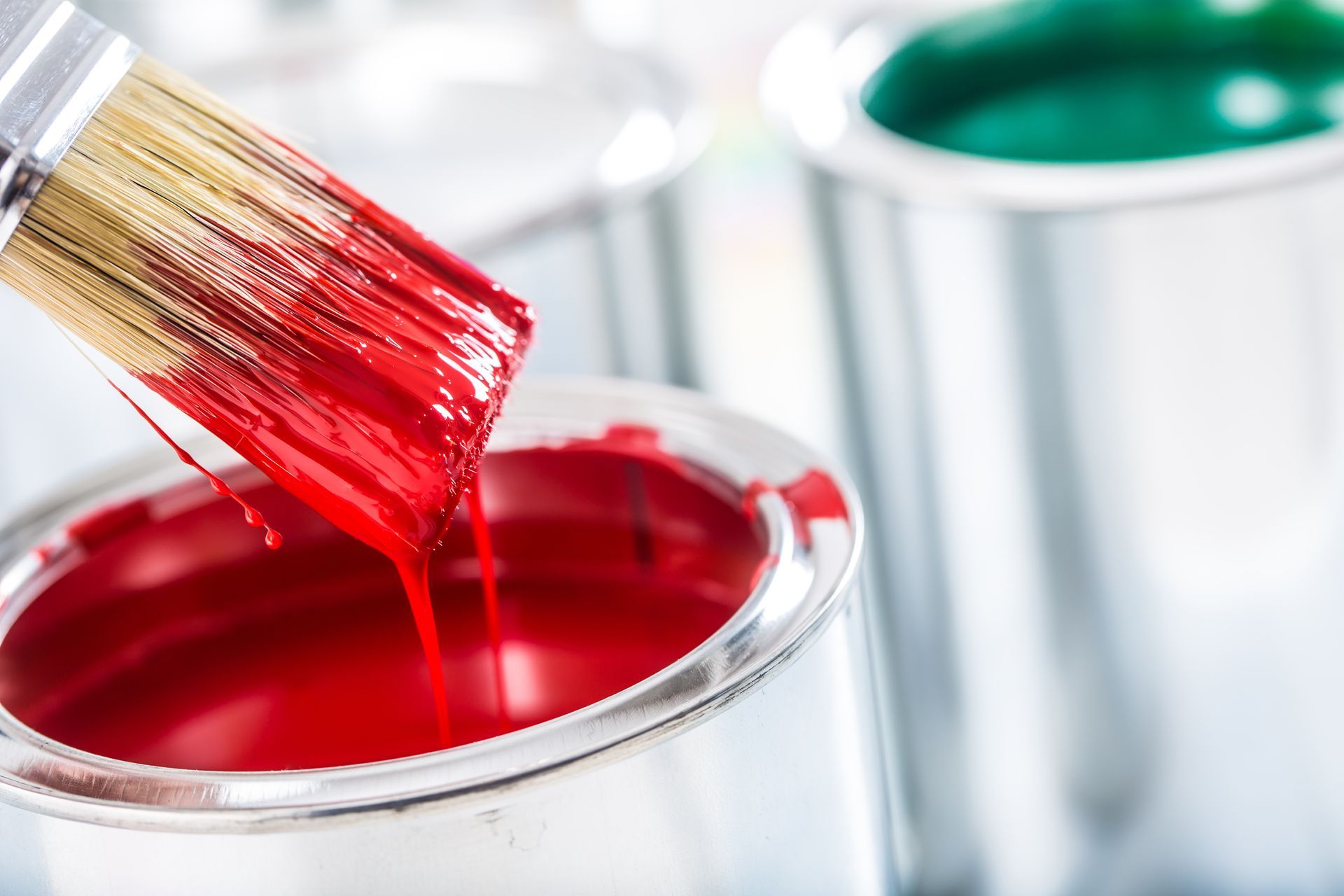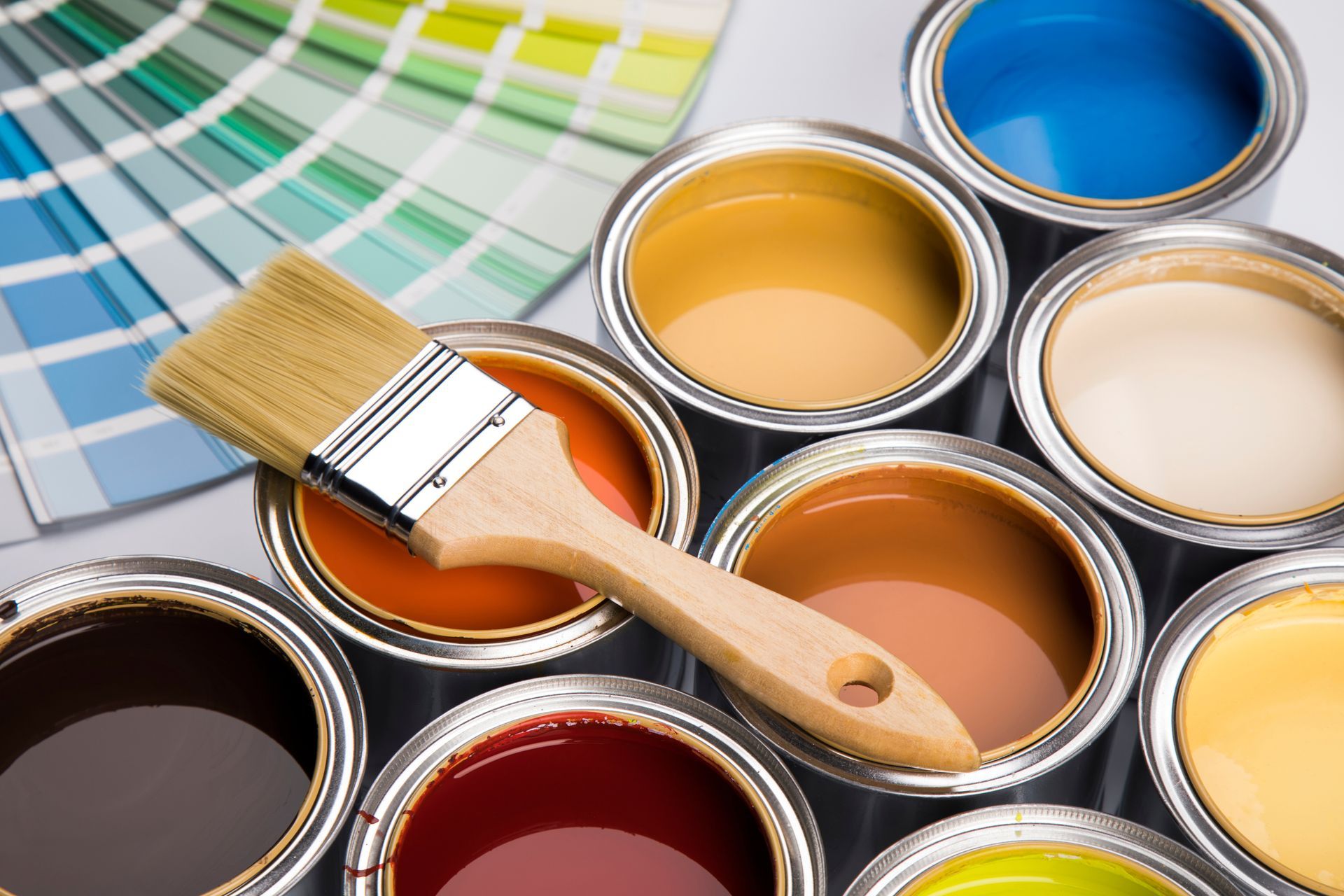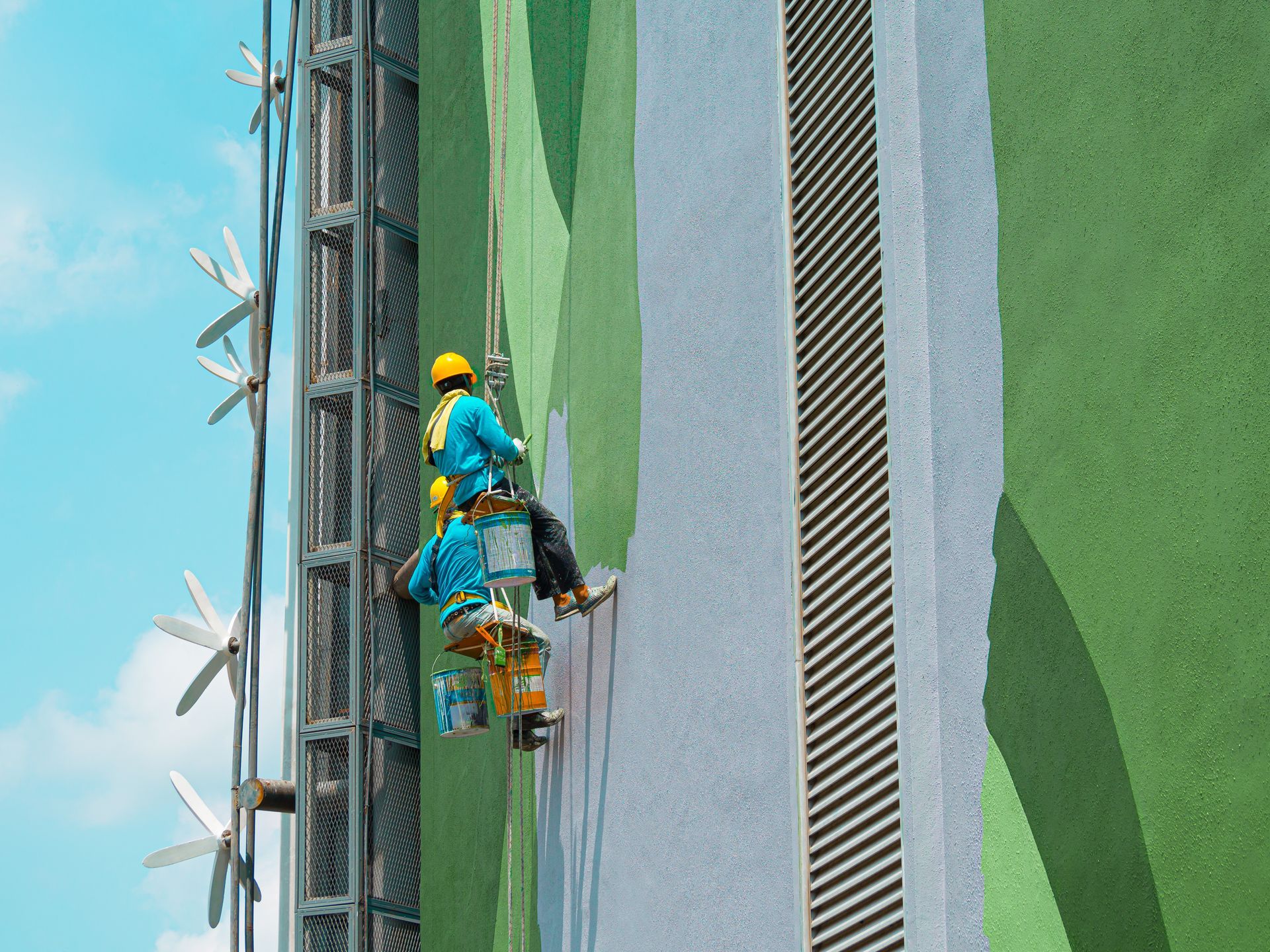When it comes to exterior painting, weather considerations play a crucial role in ensuring the longevity and quality of the paint job. Western Mass and Northern CT experience unique climate characteristics that can impact the painting process. In this article, we will explore the ideal weather conditions for exterior painting, seasonal considerations, protecting paint from UV exposure, addressing moisture and water issues, dealing with extreme weather events, and expert tips for successful exterior painting in Western Mass and Northern CT.
Ideal Weather Conditions for Exterior Painting
To achieve the best results, exterior painting should take place during specific weather conditions.
The ideal weather conditions for exterior painting are crucial for achieving the best results and ensuring the longevity of the paint job. The temperature range during the painting process plays a significant role in the paint's application and drying. It is generally recommended to paint when the temperature is between 50°F and 85°F. Higher temperatures can cause the paint to dry too quickly, resulting in brush marks and an uneven finish. On the other hand, lower temperatures can lead to slower drying times and inadequate adhesion.
In addition to temperature, humidity levels also play a vital role in exterior painting. Moderate humidity is ideal for paint application and drying. High humidity can prolong the drying process, causing the paint to stay tacky for longer and making it more susceptible to dirt and debris. It can also lead to poor paint adhesion, resulting in peeling and blistering over time. Therefore, it is advisable to choose days with moderate humidity levels for exterior painting.
Furthermore, it is crucial to avoid painting during extreme weather conditions. Painting during rain or snow can dilute the paint and prevent it from adhering properly to the surface. The moisture can also cause the paint to run or streak, leading to an uneven finish. High winds can blow debris onto the wet paint, causing imperfections and affecting the final result. It is best to wait for clear weather and calm conditions to ensure the paint's optimal performance.
Seasonal Considerations
Each season presents its own challenges and considerations for exterior painting in Western Mass and Northern CT. Understanding the specific challenges and adapting painting plans accordingly can ensure successful outcomes. Here are some seasonal considerations to keep in mind:
Spring: In the spring, homeowners should focus on finding a balance between temperature and rainfall. Selecting days with mild weather and limited precipitation is ideal for exterior painting projects. Avoiding rainy days is crucial, as moisture can interfere with the paint's adhesion and drying process. Additionally, it's important to ensure that surfaces are adequately prepared, free from any residual winter damage or debris.
Summer: Summer brings higher temperatures, which can pose challenges for exterior painting. Hot weather can cause paint to dry too quickly, leading to issues such as brush marks and blisters. To combat this, consider painting in the early morning or late afternoon when temperatures are slightly cooler. It's also essential to take extra care with paint application, working in smaller sections to ensure a smooth and even finish.
Fall: As temperatures begin to fluctuate in the fall, it's crucial to plan painting projects when the weather is consistently favorable. Avoiding extreme temperature variations is important for optimal paint adhesion and drying. With leaves falling during this season, it's also necessary to protect the work area from debris and remove any leaves that may have fallen onto wet paint.
Winter: Painting during winter requires special considerations due to the cold weather. Using paints specifically designed for low temperatures is essential for successful winter painting projects. It's crucial to ensure proper surface preparation, as cold temperatures can affect the paint's adhesion. Additionally, scheduling painting projects during milder winter days and avoiding frosty or damp conditions is advisable.
By understanding the seasonal considerations and planning painting projects accordingly, homeowners in Western Mass and Northern CT can mitigate potential challenges and achieve high-quality exterior paint finishes. Consulting with professional painters who have experience working in the local climate can provide valuable insights and guidance for successful painting projects throughout the seasons.
Protecting Paint from UV Exposure
Protecting exterior paint from UV exposure is essential to maintain its color and integrity over time. UV rays from the sun can cause paint to fade, crack, and deteriorate. Here are some strategies to protect exterior surfaces from UV damage:
Select High-Quality UV-Resistant Paint Products: When choosing paint for exterior surfaces, opt for high-quality products that offer UV resistance. These paints contain additives that help reflect UV rays and minimize the damage caused by prolonged sun exposure. Look for paints with a high UV protection factor (UPF) rating to ensure superior durability and color retention.
Thorough Surface Preparation: Proper surface preparation is key to ensuring the longevity of the paint job. Thoroughly clean the surfaces to remove dirt, debris, and loose paint. Smooth out any rough areas and repair any cracks or imperfections. A well-prepared surface allows the paint to adhere properly and enhances its ability to withstand UV exposure.
Application of Protective Coatings: Applying a protective coating over the painted surface provides an additional layer of defense against UV rays. Clear topcoats or sealants with UV inhibitors can help extend the life of the paint and provide added protection. These coatings act as a barrier, shielding the paint from the damaging effects of UV radiation.
Regular Maintenance and Repainting: Regular maintenance is essential to preserve the appearance and protection of exterior surfaces. Inspect the painted areas periodically for signs of fading, cracking, or peeling. When necessary, perform touch-ups or consider repainting the surfaces to maintain their integrity. Regularly cleaning the painted surfaces can also help remove dirt and grime that may contribute to UV damage.
Other Protective Measures: In addition to using UV-resistant paint and coatings, consider other measures to protect exterior surfaces from excessive UV exposure. Providing shade through the use of awnings, pergolas, or trees can help reduce direct sunlight exposure to painted areas. Regularly cleaning gutters and downspouts can also prevent water overflow, which can lead to paint damage.
By selecting high-quality UV-resistant paint, ensuring thorough surface preparation, applying protective coatings, and practicing regular maintenance, homeowners in Western Mass and Northern CT can effectively protect their exterior paint from UV damage. These strategies will help preserve the color, appearance, and longevity of the painted surfaces, ensuring they remain vibrant and protected for years to come.
Addressing Moisture and Water Issues
Addressing moisture and water issues is crucial for maintaining the integrity and durability of exterior paint. Moisture can lead to paint damage, including peeling, blistering, and mold growth. Here are some strategies for effectively managing moisture and water-related issues:
Manage Moisture Levels: Before applying paint, it's important to ensure that the surfaces are dry and free from excessive moisture. Proper surface preparation, including cleaning and drying, is key to preventing moisture-related problems. This includes addressing any leaks or water intrusion points that could compromise the painted surfaces.
Address Water Damage and Leaks: It's essential to address any existing water damage or leaks before painting. Inspect the exterior surfaces and identify areas where water may be entering the structure, such as around windows, doors, or rooflines. Properly seal these areas using appropriate caulking or weatherstripping to prevent water intrusion.
Improve Drainage: Adequate drainage is critical for preventing water damage. Clear gutters and downspouts regularly to ensure proper water flow. Consider installing gutter extensions or splash blocks to direct water away from the foundation and exterior walls. Proper grading around the building can also help prevent water pooling near the structure.
Use Moisture-Resistant Primers and Paints: In areas prone to moisture, such as around windows and doors, it is beneficial to use moisture-resistant primers and paints. These products create a protective barrier, helping to prevent moisture penetration and subsequent damage. Consult with a professional painter or paint supplier to choose the right products for your specific needs.
Regular Maintenance: Regularly inspect the painted surfaces for signs of water damage or moisture-related issues. Promptly address any issues that arise, such as peeling paint or water stains, to prevent further damage. Regular maintenance, including cleaning and touch-ups, can help extend the life of the paint and protect against moisture-related problems.
By effectively managing moisture levels, addressing water damage and leaks, improving drainage, using moisture-resistant primers and paints, and practicing regular maintenance, homeowners can protect their exterior paint from moisture-related issues. These proactive measures will help maintain the integrity and appearance of the painted surfaces, ensuring long-lasting and beautiful results.
Dealing with Extreme Weather Events
When it comes to exterior painting, extreme weather events can pose challenges and impact the success of the project. Here are some considerations for dealing with different types of extreme weather:
Storms and High Winds: Prior to painting, it's important to monitor weather forecasts and plan painting projects accordingly. Secure the work area by removing any loose objects that could be blown around during high winds. If a storm is approaching, it is advisable to postpone painting to avoid potential damage to the wet paint or the work area.
Snow and Freezing Temperatures: Painting in snowy or freezing conditions is not recommended. Cold temperatures can affect the paint's drying process, leading to poor adhesion and an uneven finish. Additionally, snow can mix with wet paint, causing it to become diluted and affect the paint's performance. It's best to wait for milder weather conditions to ensure proper paint application and drying.
Safety First: When extreme weather events are forecasted, it is crucial to prioritize safety. This includes protecting both the painters and the work area. If severe weather conditions are anticipated, it is recommended to reschedule the painting project to a more suitable time. Safety should always take precedence over painting schedules.
Flexibility in Scheduling: Being flexible with your painting schedule is key when dealing with extreme weather events. Keep an eye on weather forecasts and adjust your plans accordingly. Postponing the project for a few days or weeks until the weather improves can save you from potential issues and ensure the best results.
By closely monitoring weather conditions, taking necessary precautions, and rescheduling painting projects during extreme weather events, homeowners in Western Mass and Northern CT can minimize the risks associated with adverse weather conditions. It is always better to prioritize safety and wait for more favorable weather conditions to achieve optimal painting results.
Expert Tips for Successful Exterior Painting in Western Mass and Northern CT
To ensure successful exterior painting, homeowners in Western Mass and Northern CT should consider the following expert tips:
- Monitor local weather forecasts and select suitable painting days.
- Seek professional guidance and schedule exterior painting during optimal weather conditions.
- Take proper precautions to protect the work area and wet paint during adverse weather events.
Weather considerations play a vital role in achieving a successful exterior painting project in Western Mass and Northern CT. By understanding the ideal weather conditions, addressing UV exposure, managing moisture and water issues, and dealing with extreme weather events, homeowners can ensure long-lasting and visually appealing results. Working with professional exterior painters who have experience in the region is highly recommended, as they can provide expert guidance and handle exterior painting projects with precision and efficiency. With proper weather planning and execution, homeowners can enhance the beauty and protection of their homes' exteriors for years to come.
Recent Blogs




Get A Fast Quote Online
Have a painting project you need a quote for? Submit a fast and easy quote request online
Pioneer Painters is a Painting Contractor in Longmeadow, Massachusetts and the surrounding areas. Call today for more Painter Service Information.
Site Links
All Rights Reserved | Pioneer Painters

